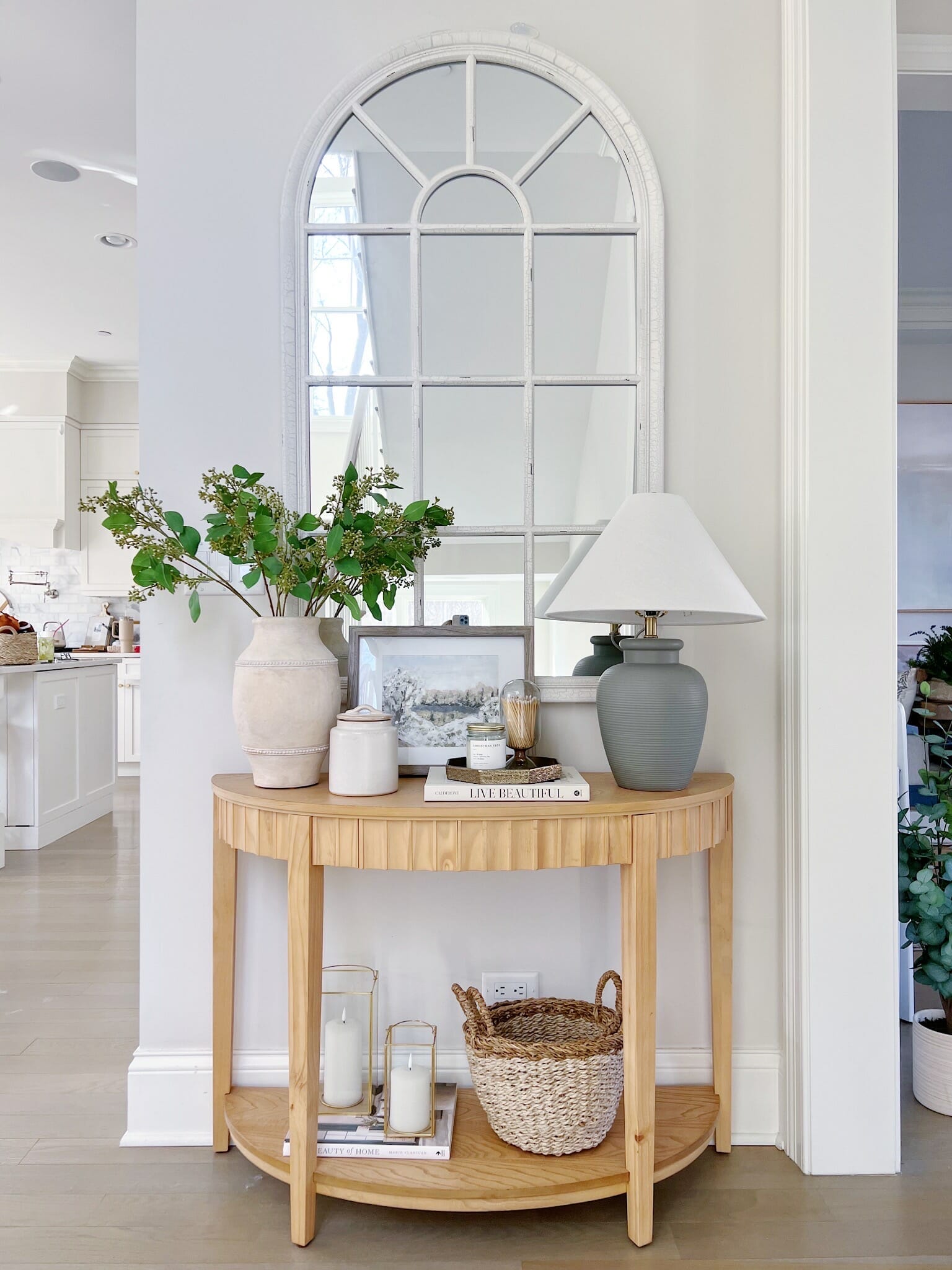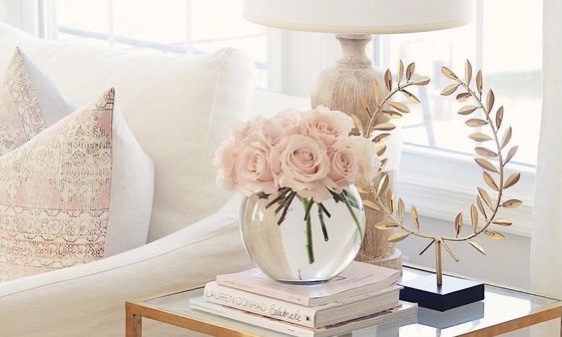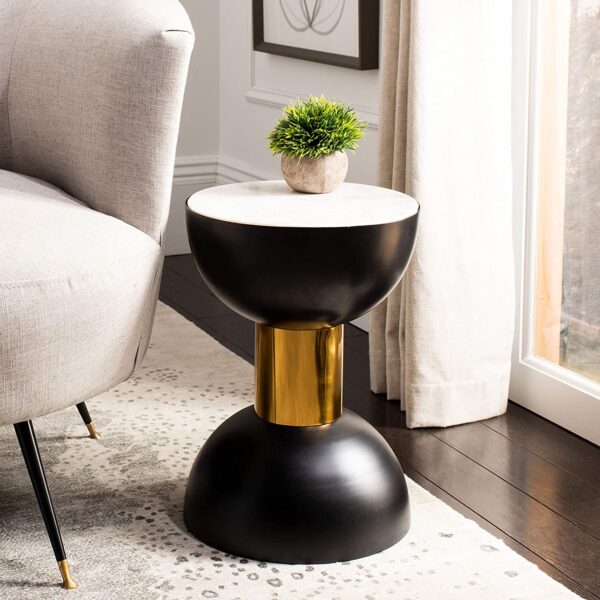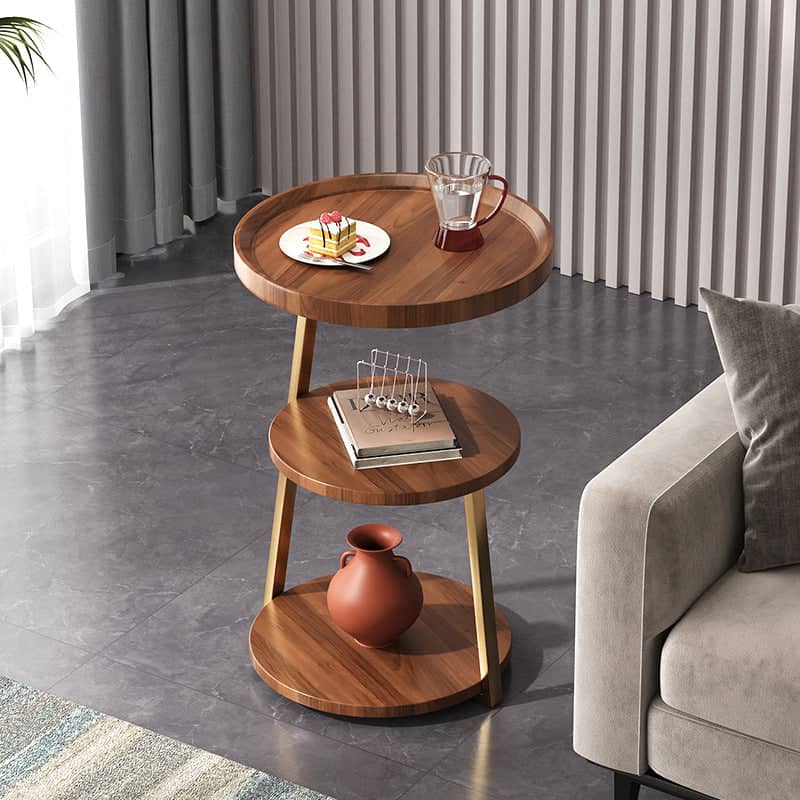Decorative side tables are more than just an accessory; they are a cornerstone of style and functionality in home decor. As someone who has navigated through countless designs, styles, and placements, I can confidently say that the right side table can transform a room, offering both aesthetic appeal and practicality. In this guide, we’ll delve into everything you need to know about decorative side tables, including types, styles, materials, and how to choose the perfect one for your home.
Understanding Decorative Side Tables
Decorative side tables can serve a multitude of purposes. They can act as a casual resting place for your coffee, hold your favorite books, or display decorative items like plants, lamps, or framed photos. Here’s a closer look at what makes these pieces so crucial in interior design.
What is a Decorative Side Table?
A decorative side table is a small table that is typically placed next to a larger piece of furniture (like a couch or bed) and is used for both functional and decorative purposes. These tables come in various shapes, sizes, and designs, making them versatile for different settings.

Common Uses of Decorative Side Tables
- Functional Surface: Perfect for holding drinks, snacks, or books.
- Display Space: Ideal for showcasing decorative items or plants.
- Storage Solution: Some side tables come with drawers or shelves for extra storage.
- Visual Interest: Adds style and elegance to your decor.

Types of Decorative Side Tables
The diversity in design offers numerous options. Here’s a breakdown of the most popular types of decorative side tables.

1. **End Tables**
Commonly placed beside chairs or sofas, end tables provide easy access to items like drinks and books. They often have a sturdy build and can come in various materials.

Pros and Cons of End Tables
| Pros | Cons |
|---|---|
| Functional and practical | Can take up space in smaller rooms |
| Widely available in various designs | Some may be less stylish |

2. **Accent Tables**
Accent tables are often more decorative and can serve as conversation starters. They come in creative designs and can fit into any room.

Pros and Cons of Accent Tables
| Pros | Cons |
|---|---|
| Highly decorative | Less functional for holding heavy items |
| Available in unique shapes | Can be more expensive |

3. **Nesting Tables**
Nesting tables consist of multiple smaller tables that can be easily moved around. They are perfect for accommodating guests or everyday use.
Pros and Cons of Nesting Tables
| Pros | Cons |
|---|---|
| Space-saving design | Can be small and lack surface area |
| Flexible and functional | May require more frequent repositioning |
4. **Coffe Tables**
Coffee tables are larger and typically placed in front of a sofa. While they serve a different function, some designs can also fall under decorative side tables.
Pros and Cons of Coffee Tables
| Pros | Cons |
|---|---|
| Ample surface area | Can dominate a small space |
| Good for serving snacks and drinks | May require more cleaning |
Materials Used in Decorative Side Tables
The material significantly impacts the style and functionality of side tables. Here are some common materials:
1. **Wood**
Wood offers a classic, timeless look. It can range from rustic finishes to sleek and modern designs, catering to diverse tastes.
2. **Metal**
Metal side tables add an industrial or modern touch. They are often durable and can come in various finishes like chrome, brass, or matte black.
3. **Glass**
Glass tables create an airy feel and can help make small spaces appear larger. They often pair well with metal or wooden frames.
4. **Stone**
Stone tables (like marble or granite) are luxurious and durable. They can serve as stunning focal points in a room.
Choosing the Right Decorative Side Table
Choosing the right decorative side table involves considering several factors to ensure that it complements your room’s decor and meets your functional needs. Here are some tips:
1. **Consider Your Space**
Measure the area where you plan to place the table. Ensure that it fits well within the surrounding furniture and retains a good flow in the room.
2. **Define the Purpose**
Think about what you’ll use the table for. If it’s primarily for holding beverages, a simple design may suffice. If it’s for display, consider something more decorative.
3. **Match Your Decor Style**
Your side table should align with your room’s decor style. Whether your home is traditional, modern, or eclectic, there’s a table out there that will fit.
4. **Check for Functionality**
Look for features that enhance usability, like drawers for storage or shelving for books. Functionality combined with aesthetic appeal is key.
5. **Set a Budget**
Determine how much you are willing to spend. Decorative side tables can range from budget-friendly options to high-end designer pieces, so decide what works best financially.
Styling Your Decorative Side Table
Once you’ve chosen the right side table, it’s time to style it. Here are some creative ways to elevate your space:
1. **Layer with Textures**
Incorporate different textures to create visual interest. Consider using a soft fabric runner, a woven basket, or a stack of books.
2. **Add Greenery**
Plants can liven up your space. Choose a small potted plant, succulent, or a vase of fresh flowers to add a touch of nature.
3. **Use Decorative Objects**
Mix and match decorative objects like candles, coasters, or picture frames. Keep the overall look cohesive by sticking to a specific color palette.
4. **Incorporate Lighting**
A small lamp or lantern can provide both function and ambiance. Choose a lamp that complements your table’s design and style.
Maintenance and Care for Decorative Side Tables
To ensure your decorative side table remains beautiful and functional over time, regular maintenance is key. Here are some tips:
1. **Dust Regularly**
Use a soft cloth to dust your side table regularly. This prevents buildup and keeps it looking pristine.
2. **Protect from Water Damage**
Use coasters under drinks and avoid placing wet items directly on the surface to prevent stains and damage.
3. **Keep Away from Direct Heat**
Ensure that your side table is not placed near heat sources to prevent warping, especially if it’s made of wood.
Table: Maintenance Tips
| Maintenance Task | Frequency |
|---|---|
| Dusting | Weekly |
| Using Coasters | Always |
| Check for Damage | Monthly |
Popular Decorative Side Table Styles
Here are some trending styles that can help inspire your choice:
1. **Mid-Century Modern**
Characterized by clean lines and organic shapes, mid-century modern tables often feature wood and bold colors.
2. **Industrial**
Combining metal and wood, industrial tables bring a rugged charm, ideal for loft-style apartments.
3. **Bohemian**
Boho style embraces eclectic designs with vibrant colors and patterns, making it perfect for casual, laid-back spaces.
4. **Scandinavian**
Clean, minimalist, and functional, Scandinavian tables often use light woods and neutral colors to create a serene atmosphere.
Where to Buy Decorative Side Tables
Finding the perfect decorative side table can be an enjoyable experience. Here are some recommended places to shop:
1. **Online Retailers**
- Wayfair: A vast selection with various styles and price points.
- Amazon: Convenient and often features customer reviews.
- Overstock: Great for finding unique items at discounted prices.
2. **Local Furniture Stores**
Check out local shops and boutiques. Supporting local businesses can lead to unique finds and often a more personalized shopping experience.
3. **Thrift Stores and Antique Shops**
For a one-of-a-kind piece, consider visiting thrift stores or antique shops. You might find a vintage table with character.
FAQs About Decorative Side Tables
1. What is the average height of a decorative side table?
The average height is typically between 18 to 24 inches. It should be slightly lower than the arm of a sofa or chair.
2. Can decorative side tables be used in the bedroom?
Absolutely! They can serve as nightstands, holding lamps, clocks, or books beside your bed.
3. Are decorative side tables sturdy enough for heavy items?
It depends on the specific table. Always check the weight limit and use coasters to protect the surface.
4. How do I choose a decorative side table that fits my decor style?
Choose materials, colors, and designs that complement your existing decor. Consider styles that align with your overall theme.
5. Can I use multiple side tables together?
Yes! Using multiple side tables can create visual interest. Nesting tables or matching designs can work well.
Conclusion
Decorative side tables are an essential element in home decor, offering both functionality and style. By understanding the various types, materials, and styling options, you can select a piece that perfectly matches your needs and enhances your living space. Whether you’re sipping morning coffee or displaying your favorite trinkets, the right side table is waiting for you to discover it.
Happy decorating!